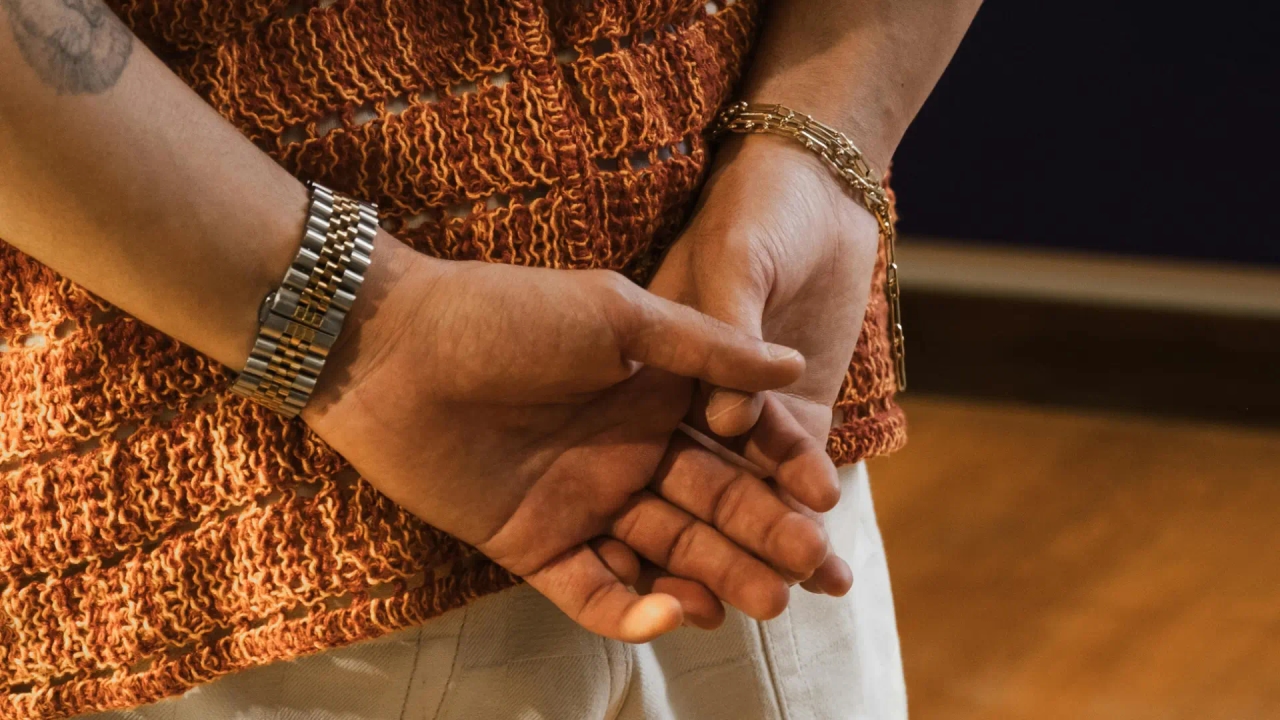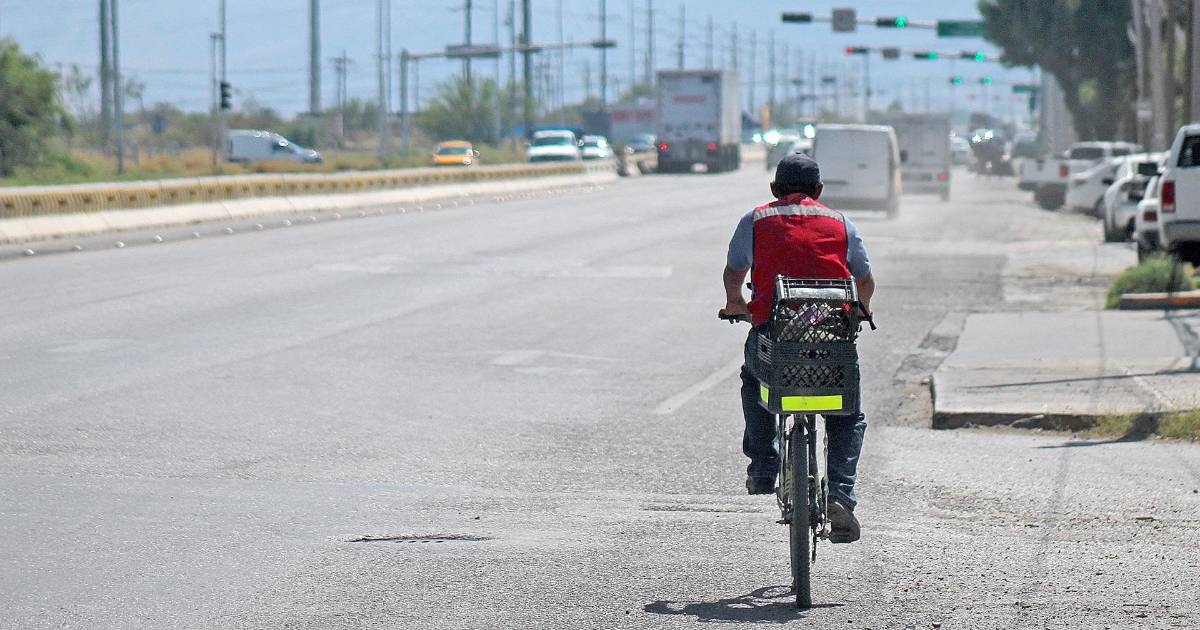What does it mean to walk with your hands behind your back, according to psychology?

Body language is an inexhaustible source of information about our personality. Among the many gestures we make every day, walking with our hands crossed behind our back stands out as a seemingly insignificant action, yet one loaded with psychological significance. This behavior, although often overlooked, conveys specific messages about our emotional and mental state.
Our body movements arise spontaneously and reveal information that goes beyond words. The gesture of clasping our hands behind our backs while walking is no exception. Nonverbal communication specialists point out that this posture is often directly related to states of introspection and deep concentration , facilitating reflective thought and connection with oneself.
Experts say this body position projects an image of serenity and tranquility to others. Adopting this posture can help organize complex thoughts and process difficult emotions, especially in moments that require mental clarity. By keeping your hands out of your field of vision, distraction is reduced and your ability to concentrate is enhanced.
It's no coincidence that professors, scientists, and researchers often adopt this style of walking. This posture reflects an analytical and contemplative attitude typical of people dedicated to observation and study . Psychologists interpret this behavior as a mechanism for creating a personal mental space, a form of momentary isolation that allows a brief escape from the hectic pace of everyday life.
This distinctive gesture represents a form of nonverbal communication that, although seemingly simple, can offer valuable insights into how we process information and relate to our surroundings. Modern psychology places great importance on the analysis of these seemingly trivial behaviors, recognizing their ability to reveal fundamental aspects of our personality.
Information generated with the help of Artificial Intelligence
Learn moreheraldo





